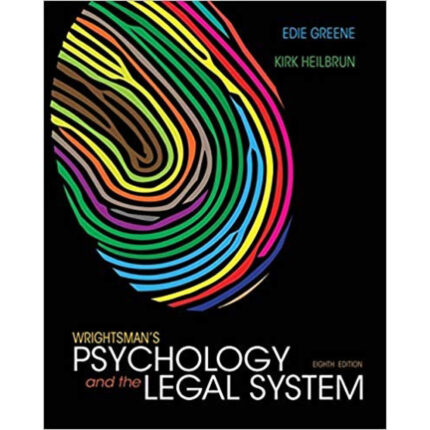Chapter 11 NON-Multiple Choice
COMPLETION
1.The concept of personality is used to explain the ____________________ in a person’s behavior over time and the ____________________ among people reacting to the same situation.
ANS: consistency; distinctiveness
PTS: 1 REF: The Nature of Personality OBJ: 11.1
2.In the five-factor model of personality, people who score high in ____________________ tend to be anxious, hostile, self-conscious, insecure, and vulnerable.
ANS: neuroticism
PTS: 1 REF: The Nature of Personality OBJ: 11.12
3.Janine has extremely strong moral standards. However, whenever she fails to live up to the high standards she sets for herself, she becomes overwhelmed by feelings of guilt. Freud would most likely suggest that Janine’s personality is dominated by her ____________________.
ANS: superego
PTS: 1 REF: Psychodynamic Perspectives OBJ: 11.3
4.Inga keeps distressing thoughts and feelings buried. According to Sigmund Freud, she is using ____________________ to ward off anxiety.
ANS: repression
PTS: 1 REF: Psychodynamic Perspectives OBJ: 11.4
5.The Oedipal complex, of such great importance in Freud’s thinking, occurs during the ____________________ stage of psychosexual development.
ANS: phallic
PTS: 1 REF: Psychodynamic Perspectives OBJ: 11.4
6.Carl Jung proposed the existence of the ____________________, a storehouse of latent memory traces inherited from people’s ancestral past; Alfred Adler emphasized how people strive for ____________________ to compensate for their feelings of inferiority.
ANS: collective unconscious; superiority
PTS: 1 REF: Psychodynamic Perspectives OBJ: 11.15
7.____________________’s followers view personality as a collection of response tendencies that are shaped by learning and tied to specific stimulus situations.
ANS: Skinner
PTS: 1 REF: Behavioral Perspectives OBJ: 11.7
8.In explaining why Lydia is cheerful, conscientious, and willing to share, a psychologist who took an observational learning perspective toward personality development would consider Lydia’s ____________________.
ANS: models
PTS: 1 REF: Behavioral Perspectives OBJ: 11.7
9.Walter Mischel’s provocative theories have sparked debate among psychologists as to the relative importance of the person as opposed to the ____________________in determining behavior.
ANS: situation
PTS: 1 REF: Behavioral Perspectives OBJ: 11.8
10.The theoretical perspective emphasizing potential for growth and unique human qualities is _________________.
ANS: humanism
PTS: 1 REF: Humanistic Perspectives OBJ: 11.9
11.According to Carl Rogers, people with highly ____________________ self-concepts are especially likely to be plagued by recurrent anxiety.
ANS: incongruent
PTS: 1 REF: Humanistic Perspectives OBJ: 11.9
12.In Maslow’s hierarchy of needs, the ____________________ needs are considered to be the most basic and the first priority.
ANS: physiological
PTS: 1 REF: Humanistic Perspectives OBJ: 11.10
13.According to Hans Eysenck, personality is determined largely by a person’s _____________.
ANS: genes
PTS: 1 REF: Biological Perspectives OBJ: 11.11













Reviews
There are no reviews yet.